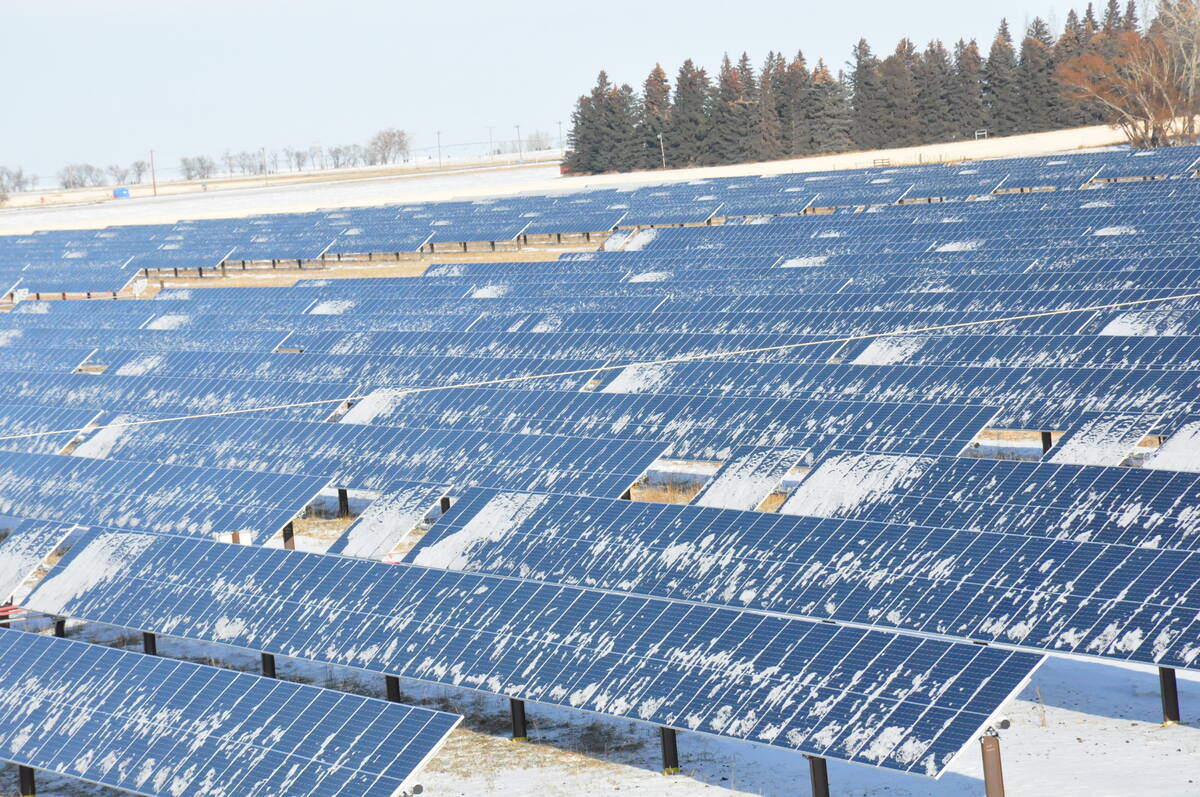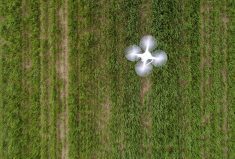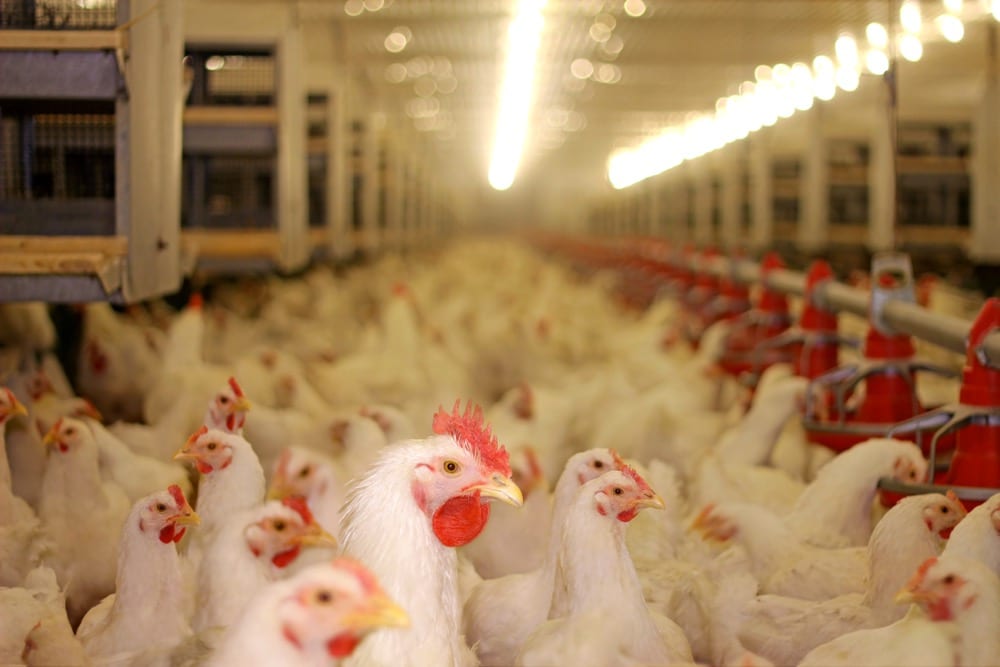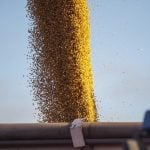Agriculture’s impact on the planet is massive and relentless. Roughly 40 per cent of the Earth’s suitable land surface is used for cropland and grazing. The number of domestic animals far outweighs remaining wild populations.
How humanity feeds itself has created challenges ranging from its contribution to climate change to weaknesses that were exposed by COVID-19 such as fragile just-in-time supply chains.
To address these challenges, there are three promising technologies — vertical, cellular and precision agriculture — that can remake the relationship to land and food.
Read Also

Why agriculture is Canada’s energy ace
Why isn’t agriculture getting more play in Canada’s quest for efficient, renewable energy production? It should be
Innovators have been growing crops indoors since Roman times. What is new is the efficiency of LED lighting and advanced robotics that allow vertical farms today to produce 20 times more food on the same footprint as is possible in the field.
Most vertical farms only produce greens, such as lettuce, herbs and microgreens, because they are quick and profitable, but within five years many more crops will be possible as the cost of lighting continues to fall and technology develops.
The controlled environments of vertical farms slash pesticide and herbicide use, can be carbon neutral and they recycle water.
Cellular agriculture, or the science of producing animal products without animals, heralds even bigger change. In 2020 alone, hundreds of millions of dollars flowed into the sector, and in the past few months, the first products have come to market.
Precision agriculture is another big frontier. Soon self-driving tractors will use data to plant the right seed in the right place, and give each plant exactly the right amount of fertilizer, cutting down on energy, pollution and waste.
Taken together, vertical, cellular and precision farming should allow us the ability to produce more food on less land and with fewer inputs. Ideally, we will be able to produce any crop, anywhere, any time of year.
Of course, these technologies are no panacea. No technology ever is. For one thing, while these technologies are maturing rapidly, they aren’t quite ready for mainstream deployment. Many remain too expensive for small- and medium-sized farms and may drive farm consolidation.
Some consumers and food theorists are cautious, wondering why we can’t produce our food the way our great-grandparents did. Critics of these agricultural technologies call for agri-ecological or regenerative farming that achieves sustainability through diversified, small-scale farms that feed local consumers. Regenerative agriculture is promising, but it isn’t clear it will scale.
While these are serious considerations, there is no such thing as a one-size-fits-all approach to food security. For instance, alternative small-scale mixed-crop farms also suffer labour shortages and typically produce expensive food that is beyond the means of lower-income consumers.
But it doesn’t have to be an either/or situation. There are benefits and drawbacks to all approaches and we cannot achieve our climate and food security goals without also embracing agricultural technology.
By taking the best aspects of alternative agriculture (namely the commitment to sustainability and nutrition), the best aspects of conventional agriculture (the economic efficiency and the ability to scale) and novel technologies such as those described above, the world can embark on an agricultural revolution that — when combined with progressive policies around labour, nutrition, animal welfare and the environment — will produce abundant food while reducing agriculture’s footprint on the planet.
-This is an abridged version of an article that first appeared in the Conversation and is reposted under Creative Commons.















